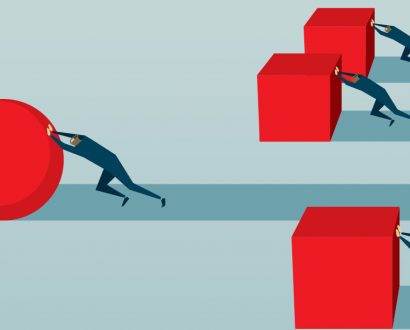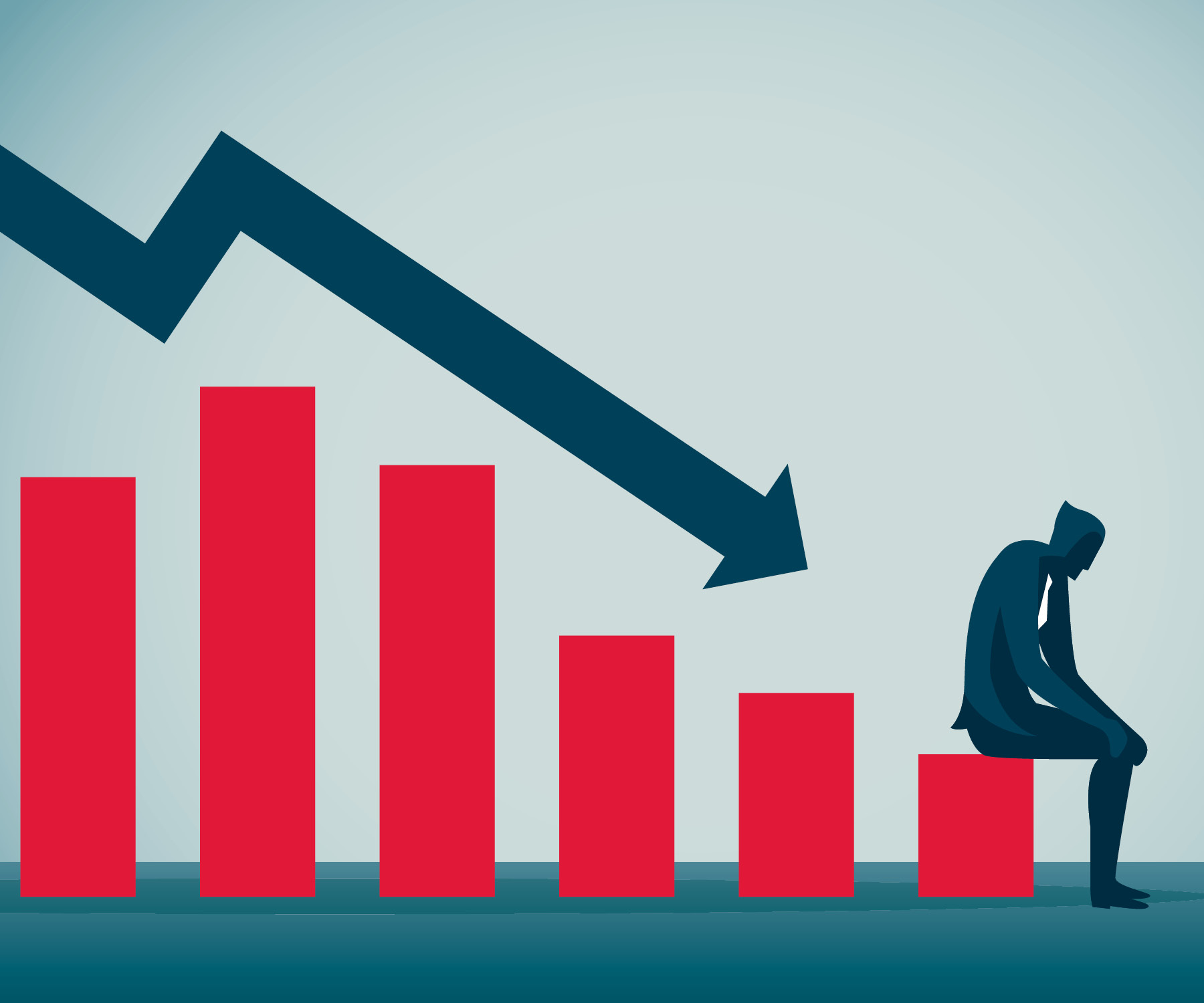Human-centered innovation is the key to balancing efficiency

It’s clear that the workplace is becoming more complex, as leaders must find a balance between operational efficiency and the need to foster innovation.
In 2025, organizations that prioritize thoughtful work design and ensure psychological safety will be the most successful. Here’s how to create an environment where both people and ideas thrive.
Burnout and declining engagement
Burnout is no longer an isolated issue but a systemic challenge that undermines productivity and stifles innovation. According to Lululemon’s 2024 ‘Global Well-Being Report’, 89 percent of individuals are actively striving to improve their wellbeing.
However, nearly half experience ‘wellbeing burnout’, a paradox driven by constant pressure to project an image of perfect balance.

Burnout is no longer an isolated issue but a systemic challenge that undermines productivity and stifles innovation.
Compounding this issue is an engagement crisis: 70 percent of employee engagement is directly influenced by the quality of leadership. Traditional ‘fix the employee’ solutions – like yoga sessions or stress management workshops – fail to address the root cause.
What’s needed is a fundamental shift: designing systems and environments that empower employees to pursue meaningful work without compromising their wellbeing.
Rick Rubin’s leadership philosophy
Rick Rubin, the legendary music producer, offers a compelling perspective on leadership. His success isn’t rooted in control but in creating an environment that nurtures creative growth.
Rubin’s studio is more than just a recording space – it’s an ecosystem designed to eliminate distractions and help artists unlock their full potential. Leaders can draw inspiration from this approach by fostering workspaces that encourage experimentation, risk-taking and collaboration.
What’s needed is a fundamental shift: designing systems and environments that empower employees to pursue meaningful work without compromising their wellbeing.
Rubin’s leadership style is centered on deep listening and helping artists discover their best ideas without imposing his own. This support-driven approach, as opposed to micromanagement, cultivates psychological safety, empowering employees to share bold ideas and embrace the complexities of innovation.
Restoring meaning in the age of AI
Accenture’s ‘Life Trends 2025’ report identifies the ‘dignity of work’ as a critical challenge for today’s organizations. As automation and AI reshape industries, employees are increasingly seeking meaningful, human-centered work experiences. This goes beyond fair pay or safe working conditions – it’s about recognizing and valuing employees’ unique skills, ambitions and needs.
As automation and AI reshape industries, employees are increasingly seeking meaningful, human-centered work experiences.
To restore this dignity, leaders must rethink roles with a focus on purpose and meaning. Employees who understand how their work contributes to the company’s goals and positively impacts society are more motivated and innovative, driving success in a rapidly changing world.
The smart model: A blueprint for balance
Work design researchers Professor Sharon K Parker and Caroline Knight advocate for a shift from reactive leadership to a proactive approach through the structured framework of the SMART Work Design model:
1. Stimulating work: Inspire employees with meaningful tasks that promote growth.
2. Mastery: Offer opportunities to develop skills and receive constructive feedback.
3. Autonomy: Empower employees to control how and when they work.
4. Relational work: Foster authentic human connections and collaboration.
5. Tolerable workloads: Ensure workloads align with employees’ capacity and capabilities.
This model aligns seamlessly with the Balanced Scorecard framework, adding a vital human dimension to traditional metrics. Tracking wellbeing and engagement alongside financial outcomes supports sustainable growth and long-term success.
Integrating psychological safety into systems
Building psychological safety within a team is a challenge that requires systemic workplace design. Leaders should embed it across all aspects of the organization:
1. Feedback mechanisms: Establish systems for anonymous feedback and open dialogue.
2. Mistakes as learning opportunities: Normalize experimentation by emphasizing lessons learned from failure.
3. Role clarity: Reduce uncertainty by aligning responsibilities with organizational goals.
By integrating psychological safety into the fabric of the organization, leaders can create an environment where employees feel empowered to innovate and collaborate effectively.